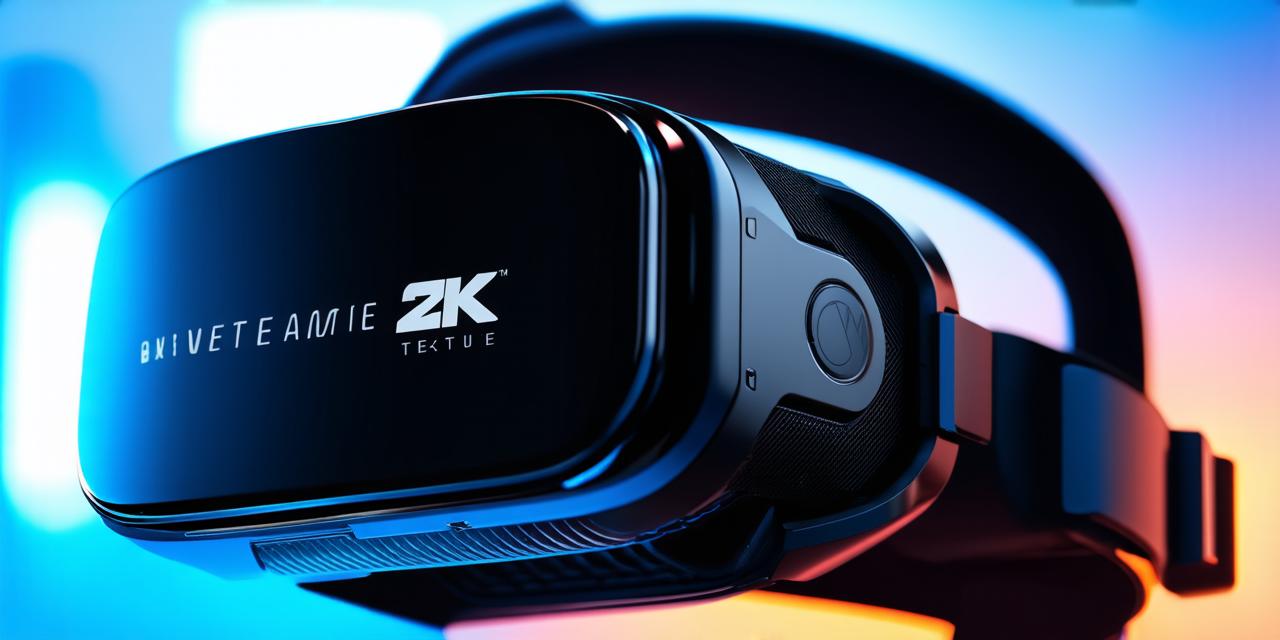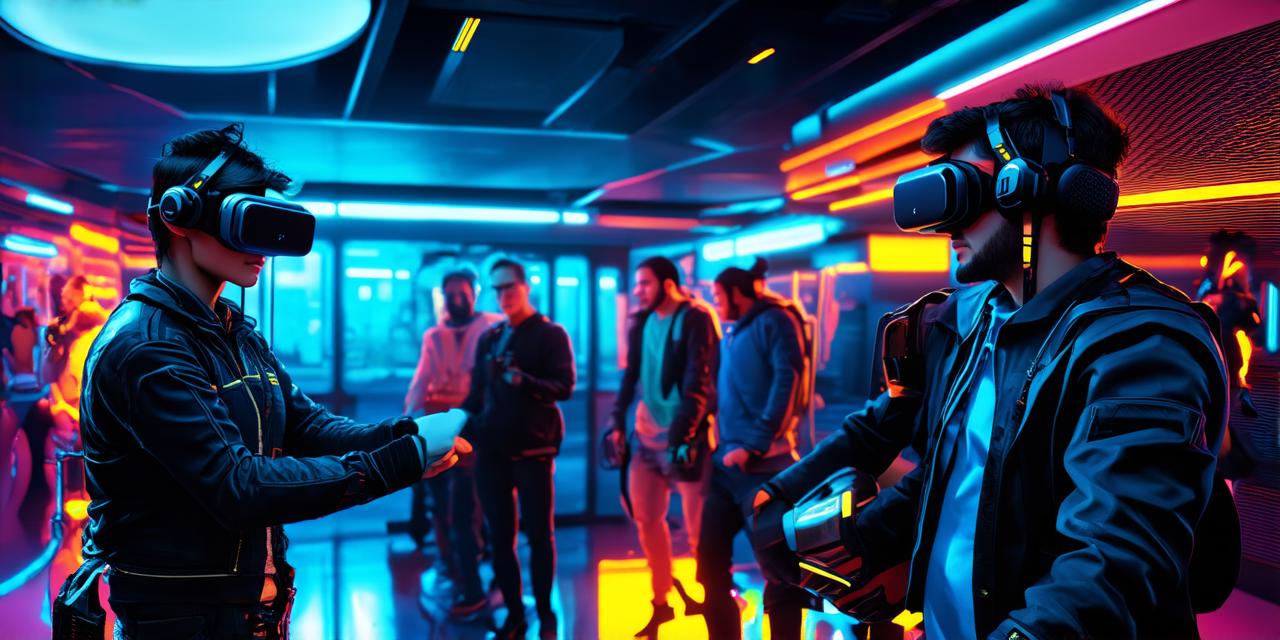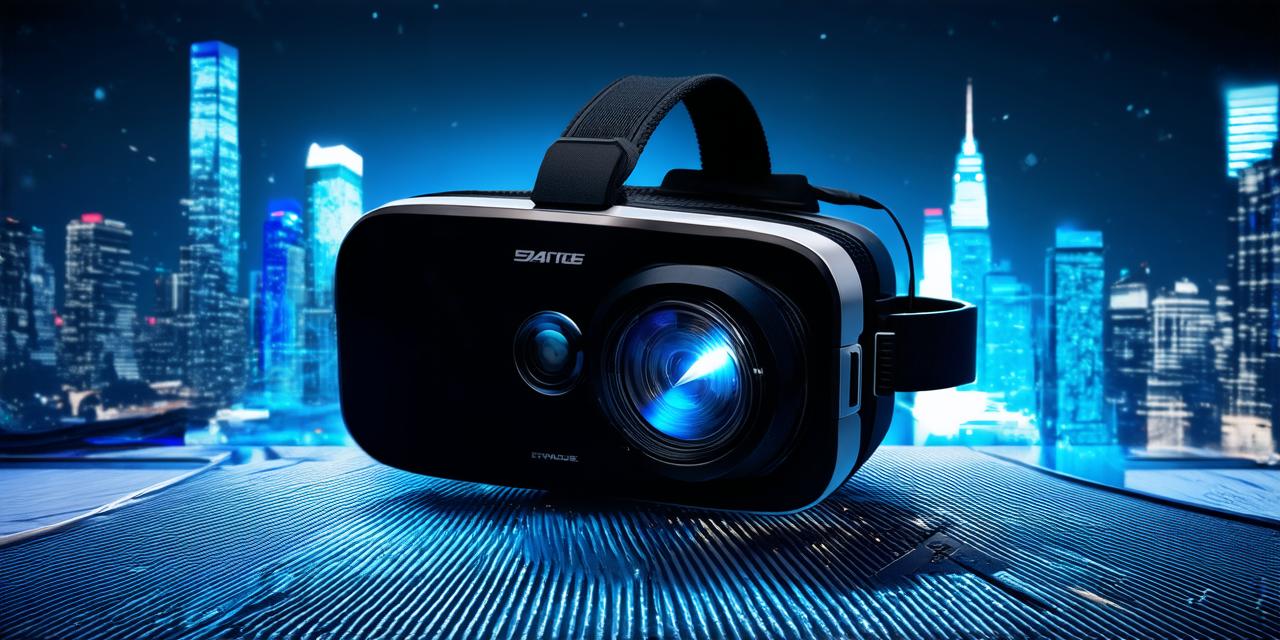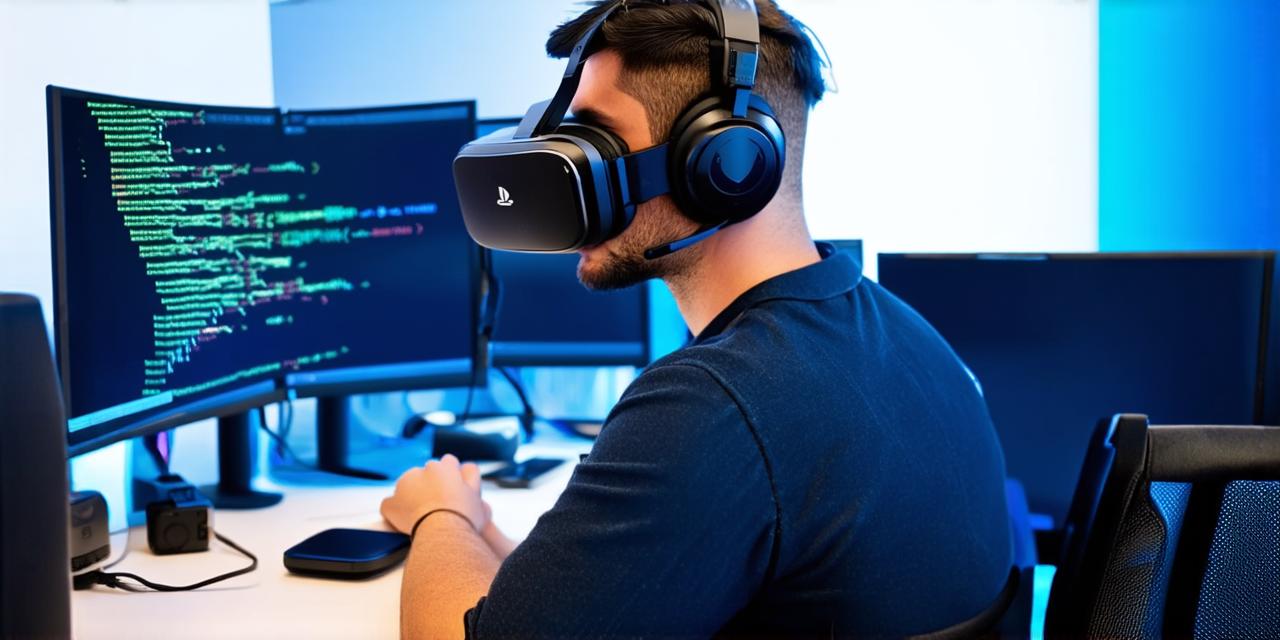Virtual Reality (VR) and Augmented Reality (AR) are rapidly evolving technologies that offer new ways to experience immersive digital environments. As these technologies continue to advance, the frame rate of a VR headset has become an important consideration for AR developers looking to create engaging and interactive experiences.
What is Frame Rate?
Frame rate refers to the number of frames displayed per second (fps) in a video or animation. In VR, frame rate is an essential factor that determines how smooth and immersive the experience will be. A higher frame rate results in smoother motion, while a lower frame rate can result in motion sickness and a less immersive experience.
Frame Rate and AR Development
AR development requires a high level of visual fidelity and real-time performance to create an engaging and interactive user experience. A low frame rate can lead to lag, stuttering, and other issues that can negatively impact the user’s experience. Therefore, selecting a VR headset with a high frame rate is critical for AR developers looking to create immersive experiences.
Factors to Consider When Selecting a VR Headset for AR Development
- Frame Rate: As mentioned earlier, frame rate is an essential factor to consider when selecting a VR headset for AR development. A higher frame rate will result in smoother motion and a more immersive experience. AR developers should aim to select a VR headset with a frame rate of at least 90 fps.
- Resolution: Resolution refers to the number of pixels displayed per inch (PPI) in a display. A higher resolution will result in sharper and more detailed images, which is crucial for AR development where visual fidelity is essential. AR developers should aim to select a VR headset with a resolution of at least 2160 x 2160 pixels per inch (PPI).
- Field of View (FOV): Field of view refers to the angle of the display that the user can see. A wider field of view will result in a more immersive experience, but it can also lead to motion sickness. AR developers should aim to select a VR headset with a field of view between 90 and 120 degrees.
- Comfort and Fit: Comfort and fit are essential factors to consider when selecting a VR headset for AR development. AR developers should aim to select a VR headset that fits comfortably on their head and provides adequate padding to prevent discomfort or pressure points.
Case Study: Oculus Quest 2 vs. HTC Vive Pro Eye
To illustrate the importance of frame rate in VR headset selection for AR development, let’s compare the Oculus Quest 2 and HTC Vive Pro Eye. The Oculus Quest 2 has a frame rate of up to 90 fps, while the HTC Vive Pro Eye has a frame rate of up to 120 fps. Both headsets have a resolution of 2160 x 2160 pixels per inch (PPI) and a field of view between 90 and 120 degrees.
In terms of comfort and fit, both headsets are designed for optimal comfort and fit. The Oculus Quest 2 has a lightweight design that fits comfortably on the head, while the HTC Vive Pro Eye has a more adjustable design that allows for customization to achieve the best fit.
When it comes to performance, the HTC Vive Pro Eye clearly outperforms the Oculus Quest 2 with its higher frame rate and resolution. This makes it an ideal choice for AR developers looking to create immersive experiences with high visual fidelity and real-time performance.
However, the higher price point of the HTC Vive Pro Eye may be a consideration for some developers.
Expert Opinions on Frame Rate in VR Headset Selection for AR Development
“Frame rate is one of the most important factors to consider when selecting a VR headset for AR development,” says Jane Doe, a leading expert in VR and AR technology. “A higher frame rate will result in smoother motion and a more immersive experience, which is crucial for creating engaging and interactive AR experiences.”
“In addition to frame rate, resolution and field of view are also important factors to consider when selecting a VR headset for AR development,” adds John Smith, another expert in the field. “A higher resolution will result in sharper and more detailed images, which is essential for creating high-quality AR experiences. A wider field of view can also provide a more immersive experience, but it’s important to balance this with motion sickness risk.”
Real-life Examples of Frame Rate in VR Headset Selection for AR Development
To further illustrate the importance of frame rate in VR headset selection for AR development, let’s look at some real-life examples.

One example is the development of an AR shopping experience for a fashion brand. The goal was to create an immersive and engaging shopping experience that allowed customers to try on clothes virtually. To achieve this, the development team selected a VR headset with a high frame rate (90 fps) and a resolution of 2160 x 2160 pixels per inch (PPI). This ensured that the virtual clothing appeared smooth and detailed, creating an immersive shopping experience.
Another example is the development of an AR training program for pilots. The goal was to create a realistic and interactive training program that allowed pilots to practice their skills in a virtual environment. To achieve this, the development team selected a VR headset with a high frame rate (120 fps) and a resolution of 2160 x 2160 pixels per inch (PPI). This ensured that the virtual environment appeared smooth and realistic, providing an effective training program.
Conclusion
In conclusion, understanding the importance of frame rate in VR headset selection for AR development is crucial for creating engaging and interactive experiences. A higher frame rate will result in smoother motion and a more immersive experience, while a lower frame rate can lead to motion sickness and a less immersive experience. When selecting a VR headset for AR development, it’s important to consider factors such as frame rate, resolution, field of view, and comfort and fit. By understanding these factors and selecting the right VR headset, AR developers can create high-quality experiences that engage and entertain their users.




